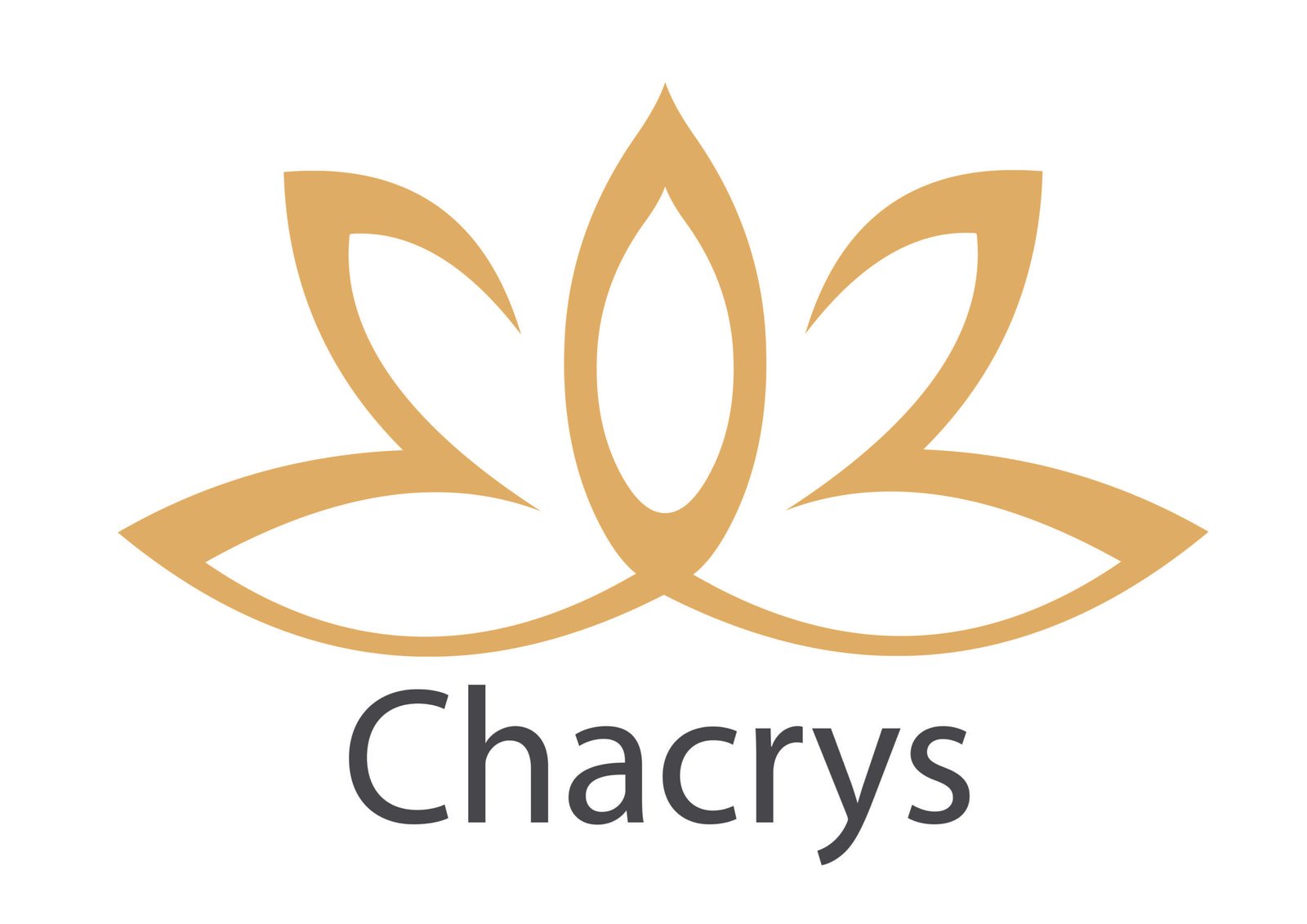
Chrysoprase Crystal – Meaning, Benefits, Healing Properties & How to Use
What is Chrysoprase?
Picture green apples sliced under spring sunlight—that crisp, juicy hue lives inside chrysoprase. The stone is a nickel-tinted chalcedony that hides in weathered serpentinite, only becoming vivid when polished. In ancient Greece it symbolized fresh beginnings; legend claims Alexander kept one under his saddle as a lucky talisman. Touch a raw piece and you’ll notice a waxy, almost skin-warm surface despite its silicate skeleton.
Benefits of Chrysoprase
People gravitate to chrysoprase during endings that masquerade as failures—layoffs, break-ups, creative pivots. Anecdotes list gentler self-forgiveness, revived curiosity, and courage to flirt with possibility again. Some claim improved sleep because regret-loops lose volume. Treat these notes as footholds, not mountain passes; proper mental-health support still matters.
How to Use Chrysoprase?
Rest a cabochon over the heart while journaling five gratitude lines; the stone’s orchard tint reminds the nervous system that growth is cyclical. Gardeners bury a chip beneath newly planted herbs, symbolically grafting optimism into soil. Speakers can hold a small bead between thumb and index finger—tiny weight keeps gestures measured rather than frantic.
Healing Properties of Chrysoprase
Shades: lime sorbet to jade-mint, sometimes clouded with milky swirls. Mohs 6–7, tougher than it looks. Formula: SiO₂ with nickel infiltrations. Mines: Queensland outback, Polish Silesia, Brazilian Goiás. Keywords: renewal, gentle audacity, verdant mindset.
Chrysoprase Cleaning and Maintenance
Rinse briefly; alkaline soaps dull shine. Air-dry away from direct heat to avoid micro-cracks. For an energetic reset, leave it under a rainfall soundtrack overnight—sound waves mimic fresh showers without risking moisture damage. Cushion in cotton next to cedar chips; the scent marries well with its orchard vibe.

